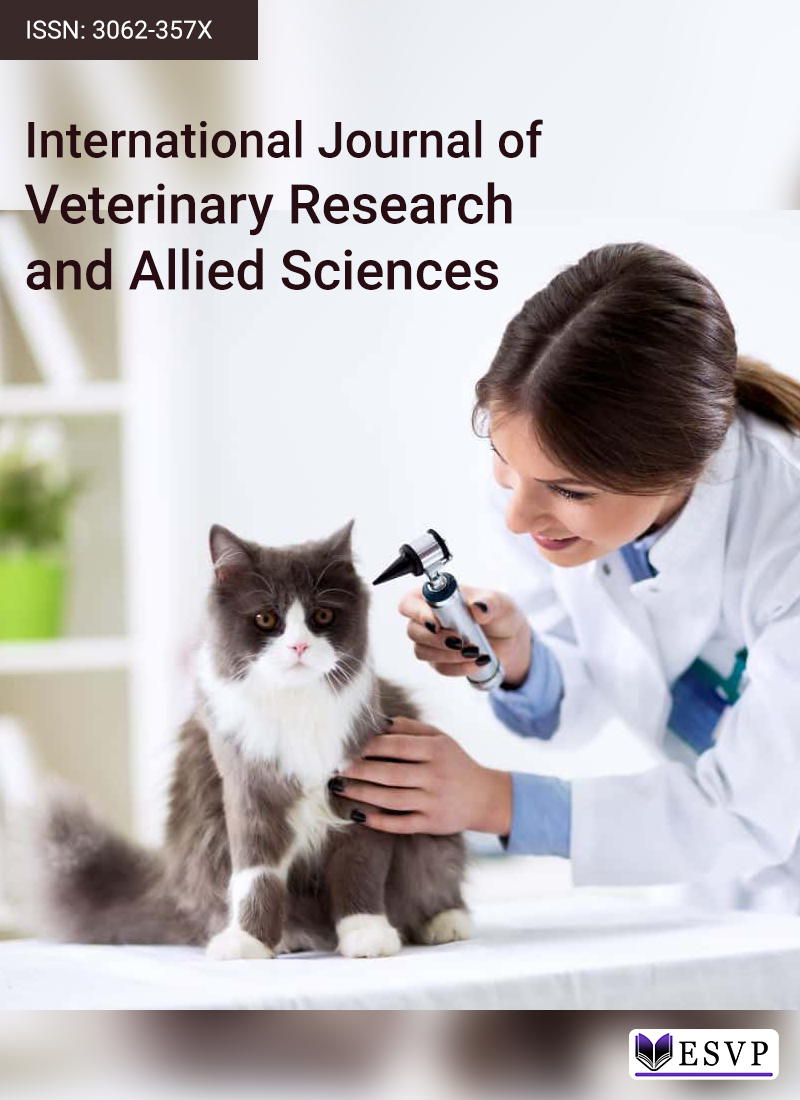
The larvae of necrophagous fly species serve as valuable forensic indicators for estimating the minimum postmortem interval (PMI). However, the presence of drugs within a corpse can affect larval growth, potentially leading to inaccuracies in PMI determination. This study investigated how diazepam affects the developmental progression of Chrysomya albiceps and assessed the suitability of this fly species for toxicological investigations. To achieve this aim, C. albiceps larvae were raised on rabbit carcasses containing a lethal dose of diazepam. The growth rate of the flies was monitored and samples of carcass tissues as well as different fly stages were analyzed for the presence of diazepam. The findings showed that the drug was detected in all tissue samples and at different life stages of C. albiceps, including larvae, pupae, and adults, demonstrating their reliability for qualitative toxicological assessment. The presence of diazepam led to an acceleration in larval development by 12 hours, while the pupal phase remained unchanged. Furthermore, a 12-hour discrepancy in the overall development period from the first larval instar to adulthood must be taken into account when diazepam is present in the deceased body.